Finding linens in secondhand stores, garage sales, and antique malls can be fun. Know the characteristics of linen textiles so you can spot easily spot them
Most likely when you find your first few linen textiles, you won’t know for sure that its linen until you get it home. It takes a bit of experience to learn to know linen’s properties.
Here’s a short tutorial to help you navigate your way through your first treasure hunt for linen textiles.
Linen has body
When you touch the fabric and crush it with your hand and then let it go, real linen will spring back. It will be wrinkled and spring back. The folds of the creases that your hand made will remain rounded rather than crushing flat in your hand.
Cotton will crush flat because it lacks body. Manmade fibers will spring back unchanged and limp.
Linen feels cold and may feel damp
Linen actively absorbs moisture from the air, so when you touch linen fabric it will feel cool. Cotton also absorbs moisture but rather than feeling cool, cotton may feel damp to the touch in a high humidity environment.
Polyester and other petroleum-based fibers do not readily absorb moisture and will feel the same temperature as the surrounding air.
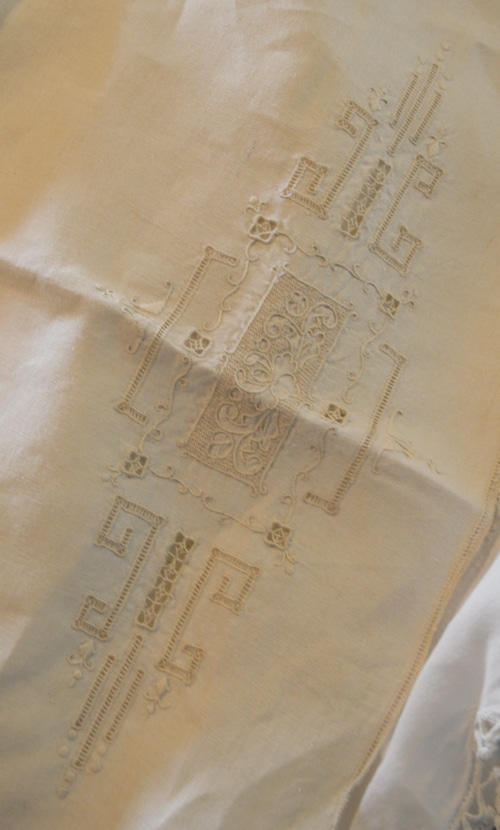
Linen has a nubby texture
Even if your linen textile has a smooth surface and a shiny jacquard weave, it will have shorter nubby fibers in the weave. This is a telltale mark of a real linen textile. It’s so characteristic that these nubby fibers are called “lint.”
Polyester tablecloths that are made to imitate linen, often add the nubs for character. On an older linen tablecloth the nubs will be less noticeable because of the finer weave, but if you hold the textile up to the daylight, you will see the thicker threads among the even, fine threads.
Be aware that modern polyester tablecloths imitate this aspect of linen but are permanent-press, and will not feel cold to the touch. Polyester lacks the body and weight of real linen.
Linen Textiles are often white or white with a border stripe
Linen resists dye and so most traditional linen textiles are white or off-white. Sometimes you’ll find one with a coloured stripe, but rarely will you find one dyed in a solid colour, throughout.
Again, beware cotton or polyester imitations. While linen will get softer with repeat washings, it will retain its body and weight, whereas cotton and polyester, lose their body and weight with repeat washings as this “feel” is added to the fabric with sizing and polymers, which are washed away.
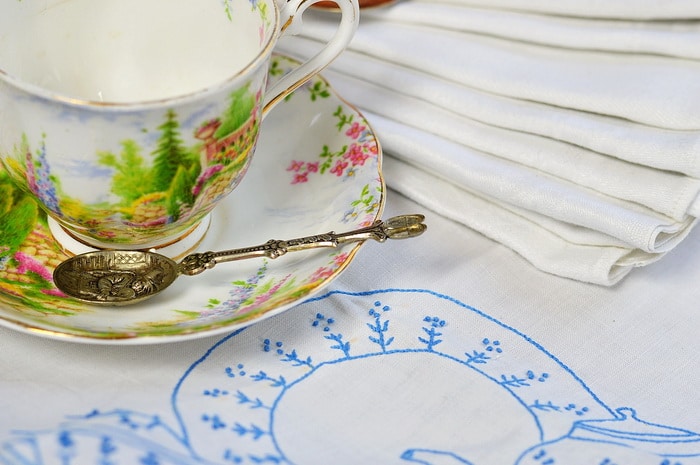
Linen is often woven with a jacquard weave
The jacquard weave puts pictures in the weave of the linen that are the opposite on the other side of the textile. Linen is especially attractive in the jacquard weaving technique, because of the sheen of the linen fibers in the satin weave portion of the pattern, which makes the pattern stand out. Therefore, jacquard weaving, although more expensive to do, requiring more shafts than traditional weaving, was conventionally used with linen textiles.
Often cotton tablecloths will imitate this aspect of linen, but they will lack the body and feel of linen. Cotton tablecloths woven in a jacquard pattern are often dyed in many colours. Linen is rarely dyed.
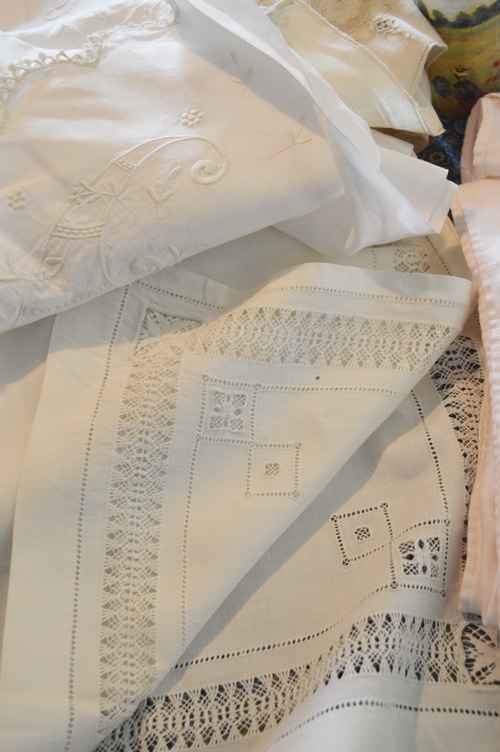
Linen is stiff after washing
After washing the pectin from the linen plant is revived in the fabric and this gives the fabric stiffness and crispness, that cotton, ramie, and manmade fabrics lack. This is especially noticeable in line-dried textiles.
Linen is resistant to ironing
Linen wrinkles easily and is difficult to iron smooth. It requires the heat of the highest iron setting and dampness to iron smooth. Traditionally linen was mangled with a specialty press that took a cold fabric and crushed it under heavily weighted rollers to get it smooth and crisp.
Cold mangled linen has a wonderful hand that can’t be imitated with steam ironing.
The burn test
If you are still unsure if your textile is made of linen, you can do a burn test. In a safe spot, like the kitchen sink, place a few threads from the hem of the textile in a metal can. Using a candle, touch the flame to the textile. Linen will burn with a yellow flame. It will smell like burnt grass. It will leave white ash. Polyester will melt into a lump of plastic.
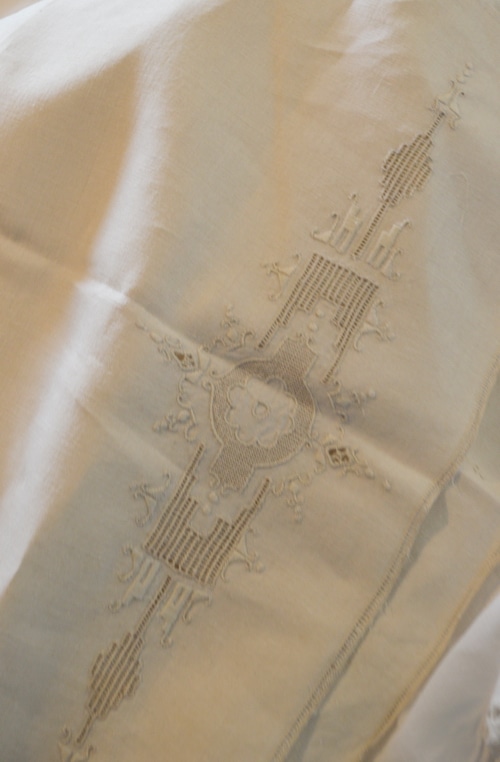
Other natural fibers that you might mistake for linen
Ramie (nettle) and hemp both behave very much like linen. Ramie and hemp are also bast fibers like linen. If the cloth is woven in plain weave or a simple balanced twill and is using colour as its design feature, it could be ramie, hemp, or flax-tow.
Tow is the shorter flax fibers that remain when the longer linen fiber is hackled and combed for spinning. It lacks the sheen and longevity of true linen, and is a coarser weave, with more lint.
Once you’ve touched genuine linen and become accustomed to the feel of linen in your hands, you will have success in identifying vintage linen in thrift shops, garage sales, and antique stores. Use these linen properties and give it a try.
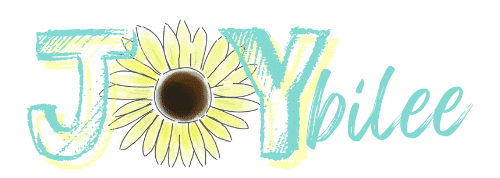



All excellent points. Thank you for sharing your expertise.
I just found your blog and have found many of your things quite helpful. I too LOVE linen and my wife and I have many tablecloths, napkins, sheets, runners, clothes, and other items made of linen. Some came from secondhand shops, some were bought new, and some we sewed ourselves from purchased fabric. I have three comments on your identification guide that could cause problems. 1) there is considerable colored linen available, especially from the 1950s. We have many grey, blue, pink, and yellow tablecloths and napkins in very nice Belgium linen from that time period. Of course there is considerable colored linen available today in all weights if you buy fabric. 2) suggesting that linen always has slubs is incorrect. Fine linen, especially fine Irish linen and Belgium linen from the early part of the 29th century and even today had NO slubs. It is smooth “as silk” as they say. In fact, one has to look under a magnifier to see the joins of the fibers to form the yarns that are woven into fabric, yes, many linen items use a stubby yarn, but certainly not all. People can miss some very high quality linens made from linen if they are looking for slubs. 3). The burn test will mislead. Cotton also produces a similar burn as does ramie, hump, and other bast fibers. The best way to tell is a combination of a burn test AND looking under a magnifier. But an easy, quick test is to run your hand (or fingers) over the item back and forth quickly with a lot of pressure. If you get lint, it isn’t linen or at least not long staple linen. It’s probably cotton or it might be linen tow.
Again, thanks for your many excellent articles.
I found your page to be extremely educational. However I do have questions about one or two of the things you said.
I live in Australia and have been buying dyed linen for some time. It is Belgium linen and is cold batch died. So it is possible to buy coloured linen. Perhaps not everywhere but the store I buy it from is very eco minded. I believe they do burn tests on the batches of fabric they receive. I should say that, as far as I’m aware, this line is one they have specifically made for their store. My daughter also has a dress she made from dying white linen with the inside is avocado seeds and it is a gorgeous light, soft pink.
One of the other things I wanted to say is that linen has an obvious weave that looks and feels VERY different to cotton in its texture. I have a linen bed set a door everyone else in my family (and not we are absolutely not rich). My eldest daughter’s is the MOST expensive (and I was a little miffed that she spent so much money on it but she is VERY VERY ECO minded so that was a big thing for her). However I still feel that the sheets she bought were over priced at $900. The rest of us did not spend anywhere near that amount. It is the best thing to sleep on and in and it makes fabulous clothes for summer!
I feel like the information you have provided makes it seem very difficult and complicated to find linen linen (as in bedding, napkins, duvet covers, tea towels etc. I believe all our bedding, napkins, tea towels and anything else we call linen that we put in our linen closets, is called that because way back in history all these products originally used to be made from the linen fabric produced from the flax plant hence the name.
Also calling it “flax linen” isn’t necessary as ALL linen (fabric) is made from the fibres of the flax plant. It is not made from anything else. So calling it “flax linen” is like calling cotton sheets, “ cotton cotton sheets”. So, the fabric that is produced from the fibres of the flax plant is called linen… simple. Linen cannot be made from any other plant.
Perhaps it is produced on a larger scale now than when you write this piece? Anyway, thank you for the information on your site, it was very interesting.
I buy all my linen at the thrift store. It’s an inexpensive indulgence.
Oh, be still my heart – I LOVE linen! If I were rich, I’d blow it all on linen and dishes. This was a gorgeous read!